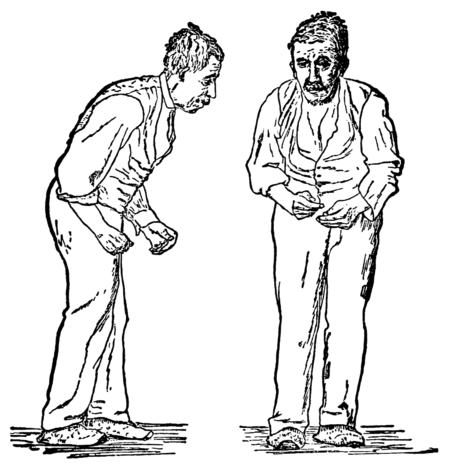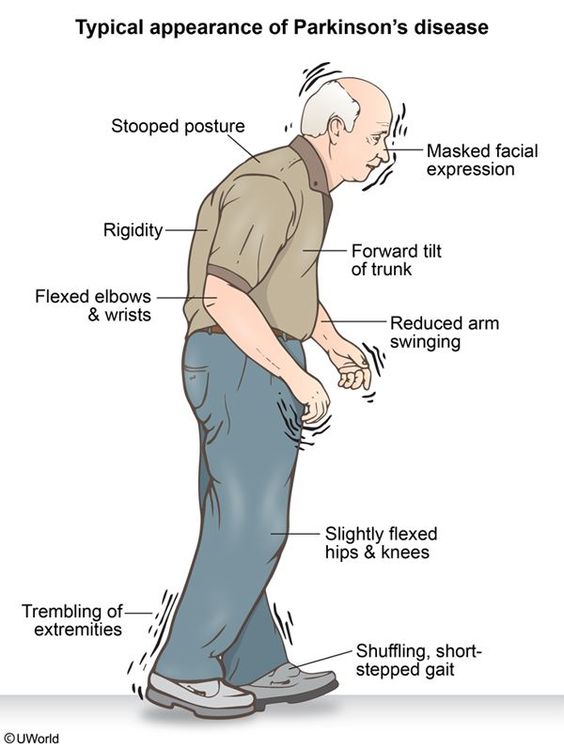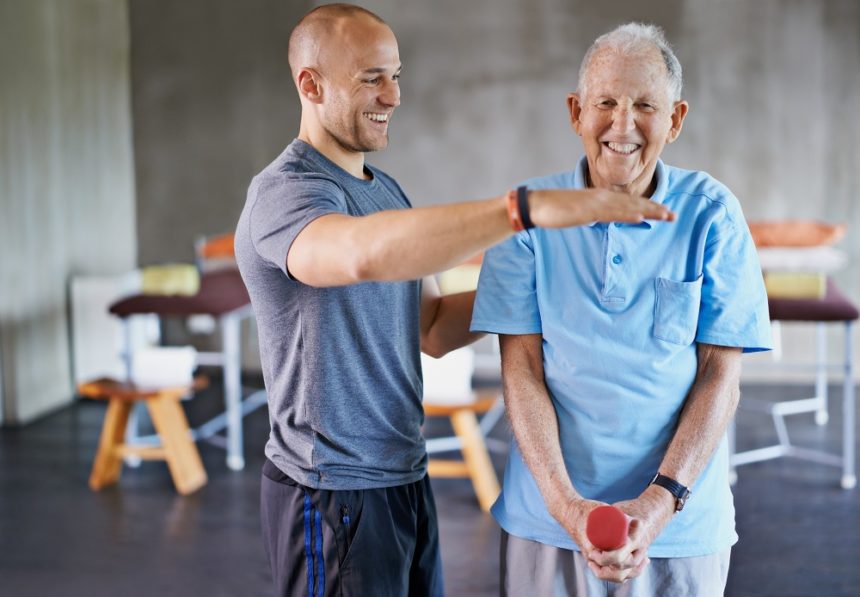nalco group
bone, muscle & joint pain physio
BOOK NOW / WHATSAPP ABOUT YOUR PAIN OR INJURY
- NOVENA 10 Sinaran Drive, Novena Medical Center #10-09, Singapore 307506
- TAMPINES 9 Tampines Grande #01-20 Singapore 528735
- SERANGOON 265 Serangoon Central Drive #04-269 Singapore 550265
Home > Blog > Physiotherapy > Conditions > Parkinson Disease Physiotherapy
Parkinson Disease Physiotherapy

Parkinson disease (PD) is the second most common degenerative brain disorder affecting adults. (Alzheimer disease being the most common.)
People of all ethnic groups can develop PD, but it occurs less among African American and Asian populations.
Parkinson disease was first defined as only a “motor” (movement) disease, but Parkinson research has shown that it also causes “nonmotor” symptoms (such as lightheadedness when standing up) in other systems of the body.
People with PD are at risk of falling and sustaining other injuries due to their movement and balance challenges.
Treatment includes a combination of medication and physiotherapy—and in some cases surgery. Our senior physiotherapists often partner with people with PD and their families to
- manage their symptoms
- maintain their fitness levels
- and help them stay as active as possible
What is Parkinson's Disease?
Parkinson disease is related to a loss of nerve cells in the brain that produce a chemical called dopamine. Dopamine and other brain chemicals are normally in balance and are important for the control of
- body movements
- thought processes
- decision making
- moods
- other behaviors
The exact cause of PD is not yet known.
Family history, aging, or exposure to certain environmental toxins may contribute to the onset of Parkinson's disease. It is a chronic degenerative disease, which means that it gets worse over time; however, people usually do not die from it.
The severity and symptoms of PD can vary widely.
Some people have the disease for 20 to 30 years and experience a slower decline in mobility and thinking over a longer period of time.
Others may experience difficulty with physical movements and thought processes within 5 to 10 years, as the disease progresses more rapidly.
Signs and Symptoms

Nonmotor symptoms of PD, such as a
- decreased sense of smell
- sleep problems
- lightheadedness when first standing up
- can begin many years before motor (movement) symptoms develop.
Motor symptoms of PD, which typically include
- muscle and joint stiffness (rigidity)
- shaking (tremors) in the hands and limbs
- slowed movement
- and balance problems
most often begin at or around age 60. However, early-onset PD can affect people at a younger age.
The motor symptoms of PD can be very mild at first. A common early symptom is a tremor in 1 hand, most often when you are at rest. It might look like you are rolling a pill between your thumb and forefinger.
Tremors also can occur in your legs or jaw when you are at rest. Since the tremors are most apparent during rest, they usually go away when moving and typically don't interfere substantially with daily functions.
As the condition progresses, people with Parkinson's disease may notice other motor symptoms, such as:
- Movements that become smaller, possibly resulting in:
- shuffling when walking
- the arms swinging less when walking
- the voice becoming quieter
- Muscle stiffness or rigidity, causing discomfort in the neck, trunk, or shoulders
- Pain due to muscle stiffness
- Postural instability, resulting in poor balance and a greater risk of falling
- Movements that become slower during daily activities such as dressing, showering, or moving in bed
- A feeling of the feet being "frozen" to the floor, making it hard to take a first step, or to turn around when walking
- Stooped posture
- Difficulty speaking at a normal voice level
- Difficulty swallowing
- Difficulty performing tasks that were once easy to do, such as gardening or swinging a tennis racquet or golf club
- Difficulty making facial expressions
- Difficulty holding and releasing urine (bladder urgency and incontinence)
Nonmotor symptoms might include:
- Difficulty paying attention to a task for a long period of time or dividing attention between 2 or more tasks
- Fatigue
- Lack of motivation
- Light-headedness
- Depression
- Anxiety
- Disturbed sleep
How Is It Diagnosed?
There is not one definitive test for PD, and that makes it a little difficult to diagnose.
Typically, a diagnosis is usually made based on a person’s medical history and a neurological examination. If our senior physiotherapist s suspects that you have symptoms of PD, you may be referred to a neurologist for further examination.
A diagnosis of PD may be made if a person is found to have:
- Slowing of motion and
- Tremor when resting, or muscle rigidity
- A significant improvement in symptoms when taking a medication to treat PD
- Initial symptoms on 1 side of the body only
how our senior physiotherapists can help

Because PD affects each person differently, we will partner with you to manage your specific situation—now and as your condition changes.
You are not alone!
Following a diagnosis of PD, our senior physiotherapists will conduct a comprehensive evaluation, including tests to examine your
- posture
- strength
- flexibility
- walking
- endurance
- balance
- coordination
- attention with movement
Based on your test results, we will develop an individualized treatment plan to help you stay as active and as independent as possible. Your Parkinson physiotherapy program will include exercises and techniques to combat the symptoms of PD.
Depending on the nature and severity of your condition, your treatment program may focus on activities and education to help you:
- Improve your fitness level, strength, and flexibility
- Develop more effective strategies to get in and out of bed, chairs, and cars
- Turn over in bed more easily
- Stand and turn to change directions more efficiently
- Improve the smoothness and coordination of your walking
- Improve your ability to perform hand movements
- Decrease your risk of falling
- Improve your ability to climb and descend stairs and curbs
- Perform more than 1 task at a time more efficiently
- Participate in activities that are important to you
Some of the medications designed to manage PD symptoms may have an immediate positive effect. For example, movement is typically much easier shortly after you begin taking certain PD medications.
We will know how to time treatments, exercise, and activity based on both the schedule and the effects of your medications to get the best results.
Parkinson’s disease can make daily activities seem frustrating and time-consuming. Our senior physiotherapists will become a partner with you and your family to help you combat and manage the symptoms of PD.
As your condition changes, your physiotherapy treatment program will be adjusted to help you be as independent and as active as possible.
Some people with PD benefit from using a cane or a walker. We can work with you to determine if any of these devices may be helpful to you.
If you need physical assistance to help you with moving in bed or getting out of a chair, we can team with you and your family to develop strategies to make moving easier and help prevent injury.
In addition, our senior physiotherapists and senior occupational therapists can make suggestions on changes to your home environment to optimize safe and efficient daily function at home.
If you need, we can also provide house call/home visit physiotherapy for your loved ones too.
